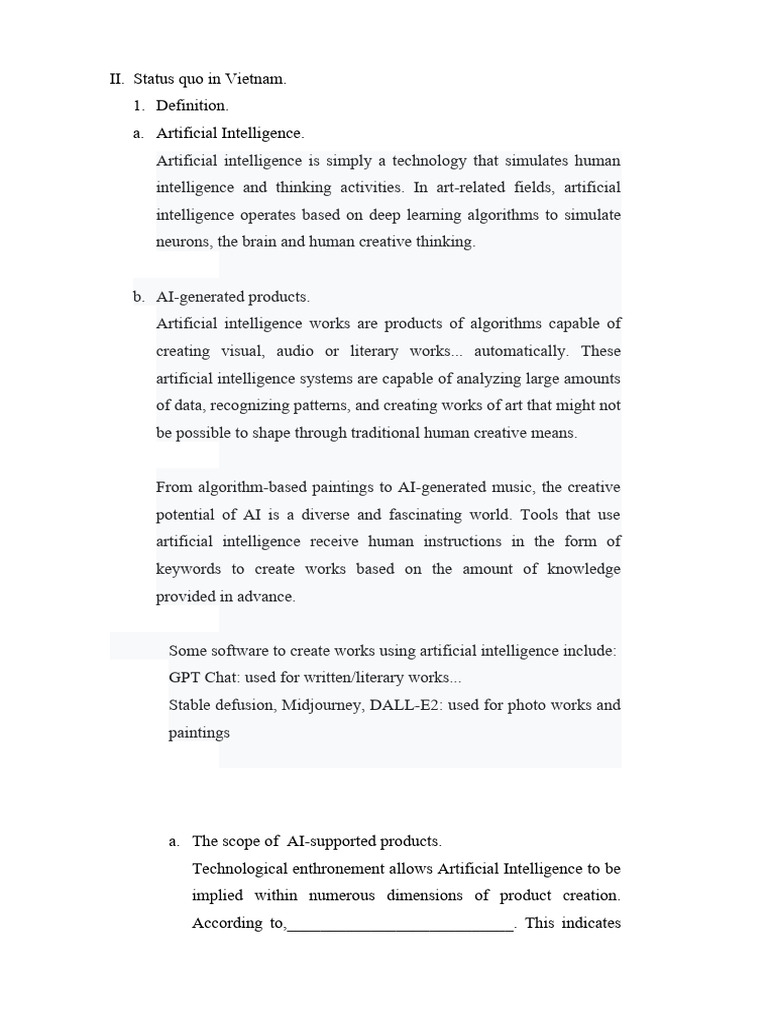
In the ever-evolving world of SEO, staying ahead means understanding not just keywords, but the semantic relationships that underpin them. One such strategy that has gained traction in recent years is co-occurrence strategy—a method that leverages naturally related terms to enhance semantic SEO. This approach aligns with how search engines like Google now interpret and rank content, focusing on context and meaning rather than just keyword density.
If you’re an SEO professional, content creator, or business owner looking to improve your online visibility, this article will walk you through what co-occurrence strategy is, why it matters, and how to implement it effectively. By the end, you’ll have a clear roadmap to optimize your content using semantic SEO techniques that resonate with both users and search engines.
What Is Co-Occurrence Strategy and Why It Matters
Co-occurrence strategy refers to the practice of identifying and incorporating naturally related terms into your content to create a more semantically rich and contextually relevant experience for readers. Instead of focusing solely on exact match keywords, this strategy emphasizes the use of related phrases and concepts that appear together in search queries and web content.
For example, if your primary keyword is “digital marketing,” co-occurrence might involve including terms like “content marketing,” “SEO strategies,” “social media advertising,” or “email marketing” in your content. These terms are often used in conjunction with the main keyword and can help search engines better understand the intent behind your content.
This approach is rooted in how search engines, particularly Google, process information. Algorithms like Hummingbird, RankBrain, and BERT have shifted the focus from keyword matching to understanding the meaning and context of content. As a result, co-occurrence plays a critical role in helping search engines determine the relevance and authority of a piece of content.
According to an SEO Hacker study, co-occurrence occurs when similar keywords appear close to each other across multiple websites. This helps search engines recognize patterns and associate these terms with specific topics or ideas.
How Co-Occurrence Strategy Impacts SEO Performance
Implementing a co-occurrence strategy can significantly impact your SEO performance in several ways:
- Improved Search Relevance: By using related terms, your content becomes more aligned with user intent, making it more likely to appear in search results for a broader range of queries.
- Enhanced Semantic Understanding: Search engines can better grasp the context of your content, leading to higher rankings for both primary and related keywords.
- Increased Engagement: Content that uses co-occurring terms tends to be more informative and engaging, which can lead to longer dwell times and lower bounce rates.
- Better Content Clustering: Co-occurrence helps in creating topic clusters, which are essential for building a strong content strategy and improving site architecture.
For instance, if you’re writing about “costa rica family vacations,” including co-occurring terms like “group tours,” “eco-lodges,” or “child-friendly activities” can make your content more appealing to both users and search engines.
Step-by-Step Implementation Framework
To effectively implement a co-occurrence strategy, follow this structured approach:
-
Define or Audit the Current Situation
Begin by analyzing your existing content and identifying gaps. Use tools like Ahrefs, SEMrush, or SurferSEO to see which keywords are already ranking and which related terms are missing. -
Apply Tools, Methods, or Tactics
- Conduct keyword research to find high-value terms related to your primary keyword.
- Use tools like AnswerThePublic or QuestionDB to discover common questions and related terms.
- Incorporate natural language variations of your primary keyword into your content.
-
Ensure that your content includes synonyms, related phrases, and long-tail variations.
-
Measure, Analyze, and Optimize
- Track changes in traffic, engagement, and rankings after implementing co-occurrence.
- Use Google Analytics and Search Console to monitor performance.
- Refine your strategy based on data, focusing on terms that drive the most value.
By following this framework, you can ensure that your content is not only optimized for search engines but also provides real value to your audience.
Real or Hypothetical Case Study
Let’s look at a hypothetical case where a travel blog implemented a co-occurrence strategy for the keyword “Costa Rica family vacations.”
Before Strategy:
The blog had a single article focused on “Costa Rica family vacations.” It included the primary keyword but lacked related terms. The content ranked on page 2 of search results, with low engagement metrics.
After Strategy:
The team expanded the content to include co-occurring terms like “eco-lodges,” “child-friendly beaches,” and “family-friendly tours.” They also added FAQs and internal links to related articles.
Results:
Within three months, the article moved to the first page of search results, saw a 60% increase in organic traffic, and a 40% improvement in average session duration.
This example illustrates how co-occurrence can transform a piece of content from being merely keyword-focused to being truly valuable and search engine-friendly.
Tools and Techniques for Co-Occurrence Strategy
Here are some modern tools that can help you implement a co-occurrence strategy effectively:
- Ahrefs Keyword Explorer – For discovering related keywords and analyzing their search volume and competition.
- SurferSEO – For optimizing content structure and ensuring semantic richness.
- AnswerThePublic – To find common questions and related terms that users ask.
- Google Trends – To identify seasonal trends and related search terms.
- Ubersuggest – For keyword research and content optimization insights.
- SEMrush – To analyze competitors and find opportunities for co-occurrence.
These tools provide the data and insights needed to build a robust co-occurrence strategy that aligns with both user intent and search engine algorithms.
Future Trends and AI Implications
As AI continues to evolve, the importance of co-occurrence strategy will only grow. With the rise of Search Generative Experience (SGE) and multimodal search, search engines are becoming even more adept at understanding context and meaning.
Future trends suggest that co-occurrence will play a key role in how AI models like BERT and RankBrain interpret content. Additionally, as voice search and conversational queries become more prevalent, the need for semantically rich content will increase.
To stay ahead, focus on creating content that not only includes co-occurring terms but also reflects the natural language and intent of your audience. This will ensure that your content remains relevant and effective in an AI-driven search landscape.
Key Takeaways
- Co-occurrence strategy involves using naturally related terms to enhance semantic SEO and improve search relevance.
- It aligns with how modern search engines, like Google, interpret and rank content.
- Implementing co-occurrence can boost traffic, engagement, and rankings by providing more context and value to users.
- Tools like Ahrefs, SurferSEO, and AnswerThePublic can help identify and incorporate co-occurring terms effectively.
- As AI and SGE continue to shape the future of search, co-occurrence will remain a vital component of any successful SEO strategy.
Start refining your content today by integrating co-occurring terms and watch your visibility and engagement soar.
Meta Title: Understanding Co-Occurrence Strategy: Boost Your Semantic SEO with Related Terms
Meta Description: Learn how to use co-occurrence strategy to enhance semantic SEO, improve search relevance, and boost your website’s visibility.
SEO Tags (5): semantic seo, co-occurrence strategy, related terms, keyword clustering, content optimization
Internal Link Suggestions:
– [Parameter #6: Topical Depth & Relevance]
– [Parameter #12: PAA Question Targeting]
– [Parameter #8: Content Gap Filling]
External Source Suggestions:
– https://www.semrush.com/
– https://ahrefs.com/
– https://www.answerthepublic.com/









